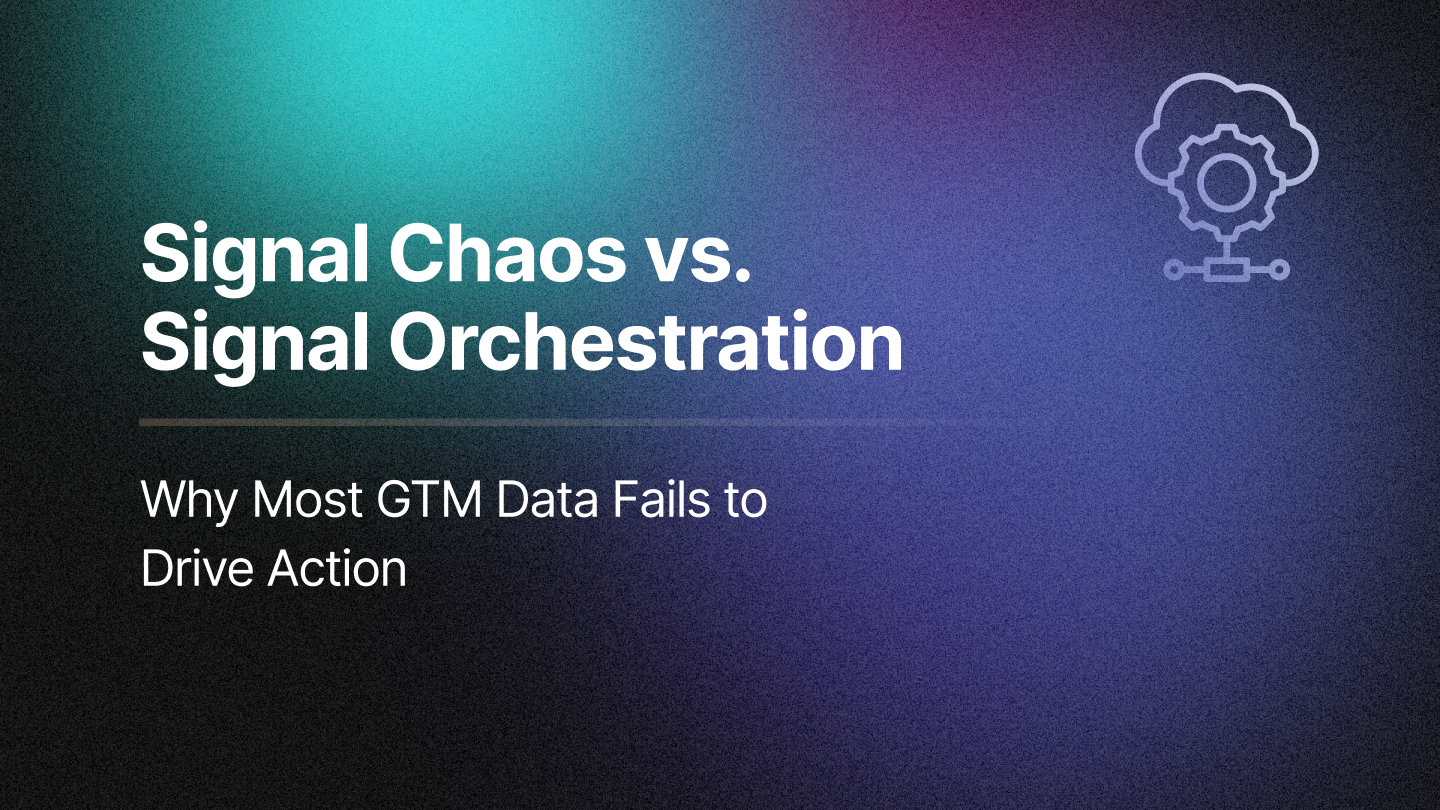Traditionally, marketing has been seen as a cost center—a necessary function with challenges tying impact to revenue. But in today’s data-driven world, that view is changing. Companies are now recognizing marketing as a strategic revenue driver essential for sustainable growth. This transformation happens through three key strategies:
- Attribution: Proving marketing’s direct impact on revenue.
- Revenue-focused KPIs: Aligning marketing efforts with the company’s overall financial goals.
- Lifecycle Acceleration: Speeding up the customer journey to drive faster conversions.
Making this work requires close collaboration between:
- Marketing: The team behind demand generation, brand positioning, and customer engagement.
- Marketing Operations (MOps): The group that builds data-driven systems and integrates tech and fine-tunes processes.
And both teams need to address what matters most to:
- Sales Leaders: Focused on pipeline development, deal velocity, and conversion rates.
- Finance Leaders: Concentrated on marketing ROI, cost efficiency, and revenue predictability.
Let’s discuss how marketing and MOps can join forces to meet these stakeholder needs.
1. Attribution: Proving Marketing’s Direct Impact on Revenue
A major challenge in rebranding marketing as a revenue center is linking its activities directly to revenue outcomes. Without clear attribution, marketing can still seem like just another expense.
How It Works:
- Marketing crafts and runs campaigns designed to drive awareness, generate new leads, and move deals forward.
- MOps sets up multi-touch attribution models, combines data from different sources, and ensures accurate reporting.
Why It Matters:
- For Sales: It becomes clear which marketing initiatives are generating quality leads.
- For Finance: Concrete data links marketing spending directly to revenue, helping justify budgets and optimize spend.
Next Steps:
- Implement Multi-Touch Attribution: Track every step of the customer journey. Learn how RevSure enables marketing attribution, revenue intelligence, and more.
- Integrate Your Tools: Connect your CRM with marketing automation platforms to tie marketing efforts directly to closed deals.
- Conduct Incrementality Testing: Measure each channel’s true impact to fine-tune your strategy.
2. Revenue-Focused KPIs: Aligning Marketing with Business Goals
It’s common to see marketing measured by website traffic or social media likes, but those numbers don’t always reflect real business impact. To prove its worth as a revenue engine, marketing needs to focus on KPIs that show how it drives the bottom line.
How It Works:
- Marketing develops strategies with revenue in mind.
- MOps defines, tracks, and reports on KPIs that resonate with both sales and finance teams.
Why It Matters:
- For Sales: Better alignment means marketing delivers more sales-ready leads.
- For Finance: Metrics like Customer Acquisition Cost (CAC) and Customer Lifetime Value (CLV) help evaluate the efficiency and profitability of marketing efforts.
Check out the video of Arjav Patel, Director of GTM Finance at SnapLogic, discussing one of the biggest use cases for bringing in RevSure, Full Funnel Attribution AI solution—answering the critical question: What happens to leads from previous quarters? Whether they originated two, three, or even five quarters ago, the goal was to track the leads, understand their journey, and evaluate the ROI of the investment made in acquiring them.
Next Steps:
- Focus on Revenue Contribution: Prioritize metrics that directly reflect revenue impact.
- Monitor CAC vs. CLV: Ensure that the cost of acquiring customers is sustainable over time.
- Leverage Predictive Analytics: Forecast future revenue impacts to guide strategic planning.
3. Lifecycle Acceleration: Speeding Up the Customer Journey
Generating leads is just the first step. Marketing also plays a crucial role in moving prospects through the sales funnel quickly. Faster customer journeys mean quicker revenue recognition.
How It Works:
- Marketing creates tailored content and engagement strategies to nurture leads.
- MOps digs into funnel performance, refines lead scoring, and automates workflows to speed up the process.
Why It Matters:
- For Sales: A well-nurtured lead pipeline means shorter sales cycles and better conversion rates.
- For Finance: Faster conversions lead to quicker revenue recognition and improved cash flow.
Next Steps:
- Analyze Conversion Rates: Identify and remove bottlenecks in your funnel.
- Implement Advanced Lead Scoring: Prioritize leads based on their engagement and buying readiness.
- Develop Stage-Specific Content: Equip your sales team with the right materials for every stage of the buyer’s journey.
Conclusion: Embracing Marketing & MOps as Revenue Engines
Transforming marketing from a cost center into a revenue engine is all about using data-driven insights and fostering cross-team collaboration. By focusing on:
- Attribution to clearly link marketing efforts to revenue,
- Revenue-focused KPIs that align with business objectives and
- Lifecycle Acceleration to fast-track customer conversions,
marketing and MOps can become indispensable to both sales and finance teams.
Is your team ready to shift gears and drive revenue? Now’s the time to optimize, align, and accelerate.
Related Blogs








